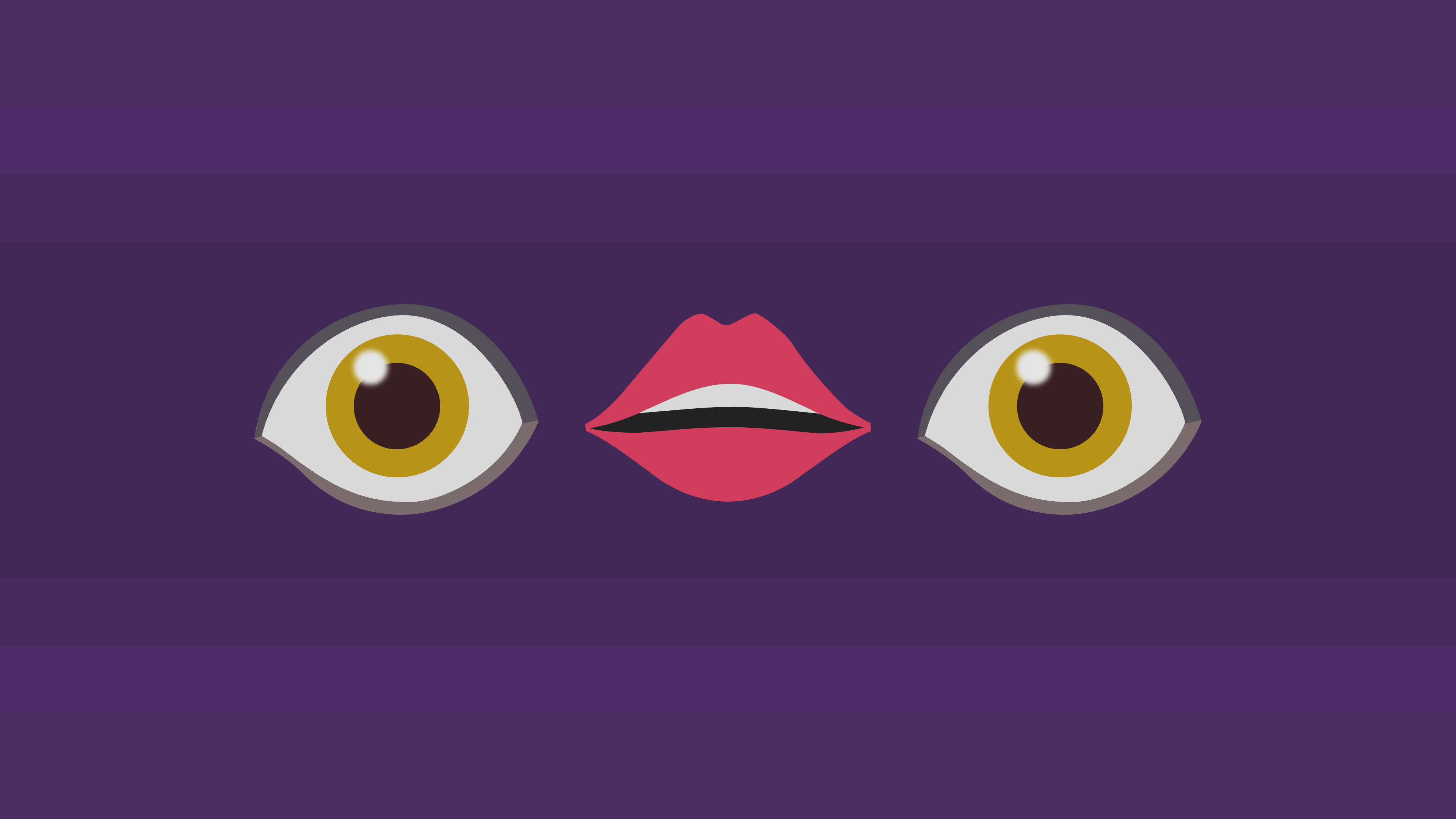Visual disinformation on alternative media platforms

Disinformation is false information that is created or spread with the intent to cause harm or gain profit. Disinformation is often visual in nature. Not only because visuals are often more engaging than text, but also because they are perceived as resistant to doctoring and manipulation. Malicious actors can exploit these perceptions to make deceptive content seem authentic.
For example, the wars in Gaza and Ukraine have been covered in highly visual manners across online media, with arousing and shocking visual content on the victims of war. However, much of the “evidence” turns out to be untrue or . This is concerning, as such visuals can affect the public response to major issues like wars and armed conflicts.
When visual information is deliberately decontextualised, fabricated or manipulated, it becomes visual disinformation. This type of disinformation is particularly widespread on online “alternative media” platforms such as those in the Netherlands, where this study took place.
This qualitative study analyses articles and social media posts from . The analysis focuses specifically on articles and posts from 2021, a year marked by a surge in conspiracies and disinformation.
From the results it is clear that headlines are accompanied by background images in overviews of news items, just like on legitimate news platforms. Unlike those platforms, images are often taken from . Such visual elements help legitimise disinformation by associating it with a seemingly trustworthy and engaging visual news format.
All four platforms use screenshots of social media posts in their articles. These are often posts of prominent public figures or alternative authorities, such as doctors and experts who challenge established knowledge. These screenshots likely serve to signal the credibility of false or misleading narratives on topics such as vaccination, climate change, and immigration.
Two of the platforms additionally include images of social media posts by “ordinary citizens”, creating the illusion of widespread support for alternative viewpoints that are supposedly kept hidden from the public. Screenshots and videos of other (international) media channels like Fox News and Breitbart appear to serve a similar function.
An interesting observation is that the content in posts made by “ordinary citizens” is often negative, emotionally charged, and uncivil. This can be contrasted to the more conventional journalistic and detached reporting styles used by the alternative media platforms.
This likely serves two purposes. Firstly, by using visual elements to present counter-factual claims, platforms may circumvent algorithmic detection of disinformation that is mostly based on textual content. Secondly, these visual elements allow platforms to communicate more extreme, uncivil, and polarising positions than legitimate platforms whilst maintaining credibility, as they are technically not the ones expressing these views.
In some cases, images are taken out of their original context to offer proof for false claims expressed by alternative media platforms. The images themselves may be authentic, but are used in a deceptive way. For example, one of the platforms used a photo of an ultrasound showing a fetus of an allegedly vaccinated pregnant woman as evidence that babies of vaccinated women have a lower likelihood of survival, without any reference to the origins of the image.
The same visual disinformation tactics are also used on social media. However, the analysis shows that two additional forms of misuse can be found on social media.
Firstly, memes are used to present ideologically biased disinformation through overlaid text on an image. This format is often used to voice extremist statements, conspiracy theories, or statements attacking scientific consensus.
Secondly, disinformation on social media is often made from the perspective of ordinary people who feel victimised by mainstream policies.
-
Visual disinformation is used by alternative media platforms to appear more like legitimate news sources
-
Screenshots of social media posts create the illusion that counter-factual claims have widespread support
-
Visual content detached from their original context is used as “proof” for false claims
-
Visual disinformation may be used to circumvent algorithmic content filters


